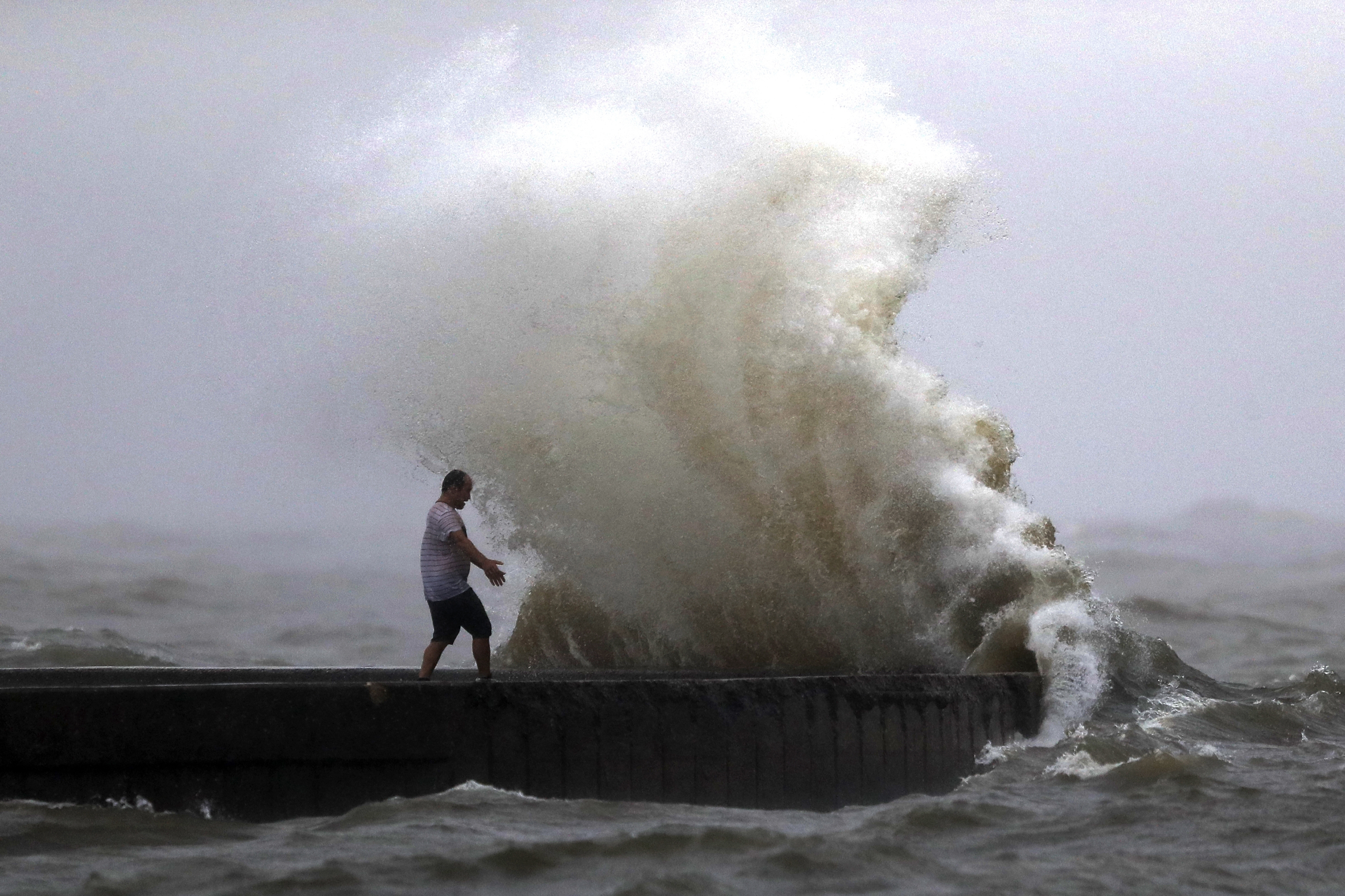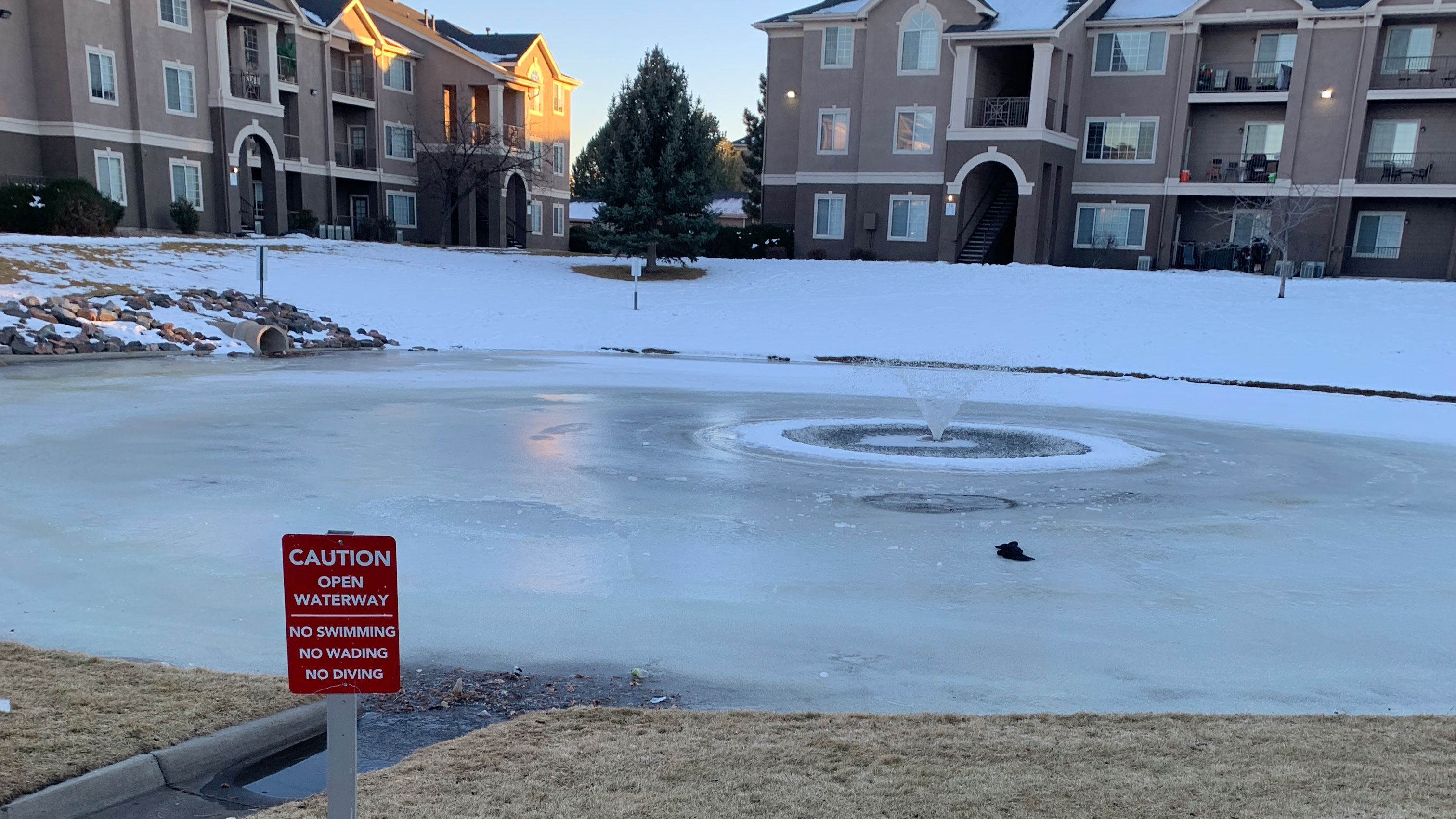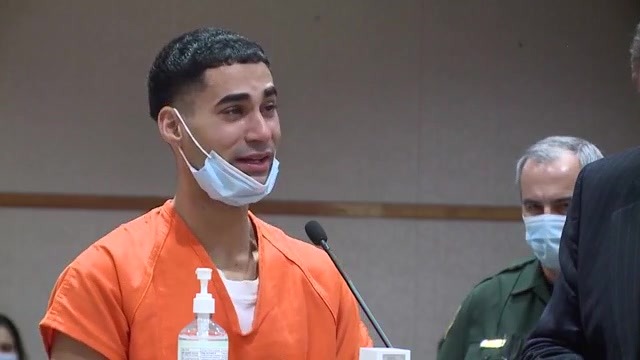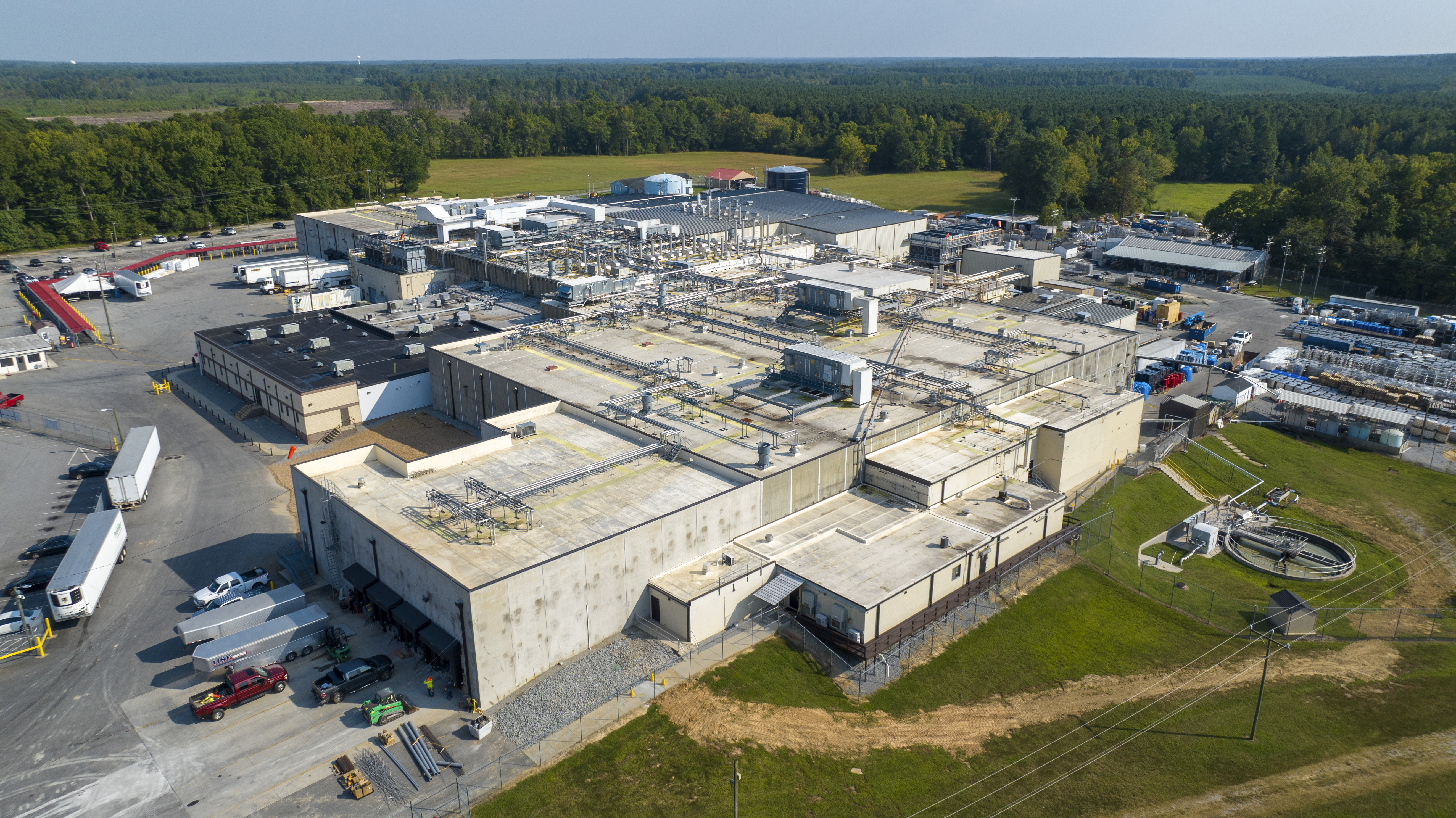WASHINGTON (NEXSTAR) — After winning the presidential election, Joe Biden vowed to get Americans a new round of economic relief through $1,400 direct payments. Nearly a month later, we haven’t seen much movement on his $1.9 trillion coronavirus relief plan that includes those checks for most Americans.
Late last week, Biden urged Congress to take immediate action. On Monday night, the president hosted 10 GOP senators at the White House to discuss their views on relief — which would include a smaller direct payment amount targeted to Americans most in need.
Republican were largely upbeat following the two-hour meeting.
“It was a very good exchange of views. I wouldn’t say we came together on a package tonight. No one expected that in a two-hour meeting but what we did agree to do is follow up and talk further,” said Sen. Susan Collins.
The GOP proposal is a much slimmer $618 billion plan with $1,000 in direct payments to individuals earning up to $40,000 a year, or $80,000 for couples, according to a draft obtained by The Associated Press.
Meanwhile, Democrats who lead the Senate and House plan to take first steps this week toward delivering fresh assistance to Americans and businesses.
Thus far, the process has moved slowly as Biden mulled whether to appease Republicans by sacrificing some of his agenda or try to pass as much as possible on a party-line basis through the budget reconciliation process.
As of now, it’s unclear which direction Democrats might choose to go. Speaker of the House Nancy Pelosi opened the door for her party to possibly pass the plan on its own.
“We want it to be bipartisan always, but we can’t surrender,” Pelosi said late last week.
Biden has indicated he’s open to negotiating who receives a check — meaning the direct payments may be more targeted to lower-income Americans than Biden’s original plan.
The last round of $600 stimulus checks was limited to individuals earning less than $75,000 a year and married couples earning less than $150,000.
According to new research, targeting the payments may be the right move. Opportunity Insights, a nonprofit research organization, reports families earning around $75,000 are likely to quickly spend the funds which helps stimulate the economy. To contrast, those who make more than $75,000 usually put it in savings. Researchers say this shows the money wasn’t urgently needed.
If you’re hoping a direct payment hits your bank account this month, it’s possible but growing more unlikely with each day that passes. As of now, you’d imagine it would be at least a week or two before we could see a package approved. Some analysts are predicting it could be mid-March before we see action.
Once approved, the U.S. Department of the Treasury could distribute checks in a matter of days. They’ve improved the processing speed substantially from the first round of $1,200 checks to the more recent $600 payment.
There is some concern that impeachment proceedings against the outgoing president could delay the process. It’s expected that Donald Trump’s trial in the Senate would begin at some point in the next few weeks. Of course, whether it proves to be a distraction in the stimulus process remains to be seen.
The coronavirus relief plan comes as a divided nation is in the grip of the pandemic’s most dangerous wave yet. Under Biden’s multipronged strategy, about $400 billion would go directly to combating the pandemic, while the rest is focused on economic relief and aid to states and localities.
About $20 billion would be allocated for a more disciplined focus on vaccination, on top of some $8 billion already approved by Congress. Biden has called for setting up mass vaccination centers and sending mobile units to hard-to-reach areas.
The Associated Press contributed to this report.










































































































